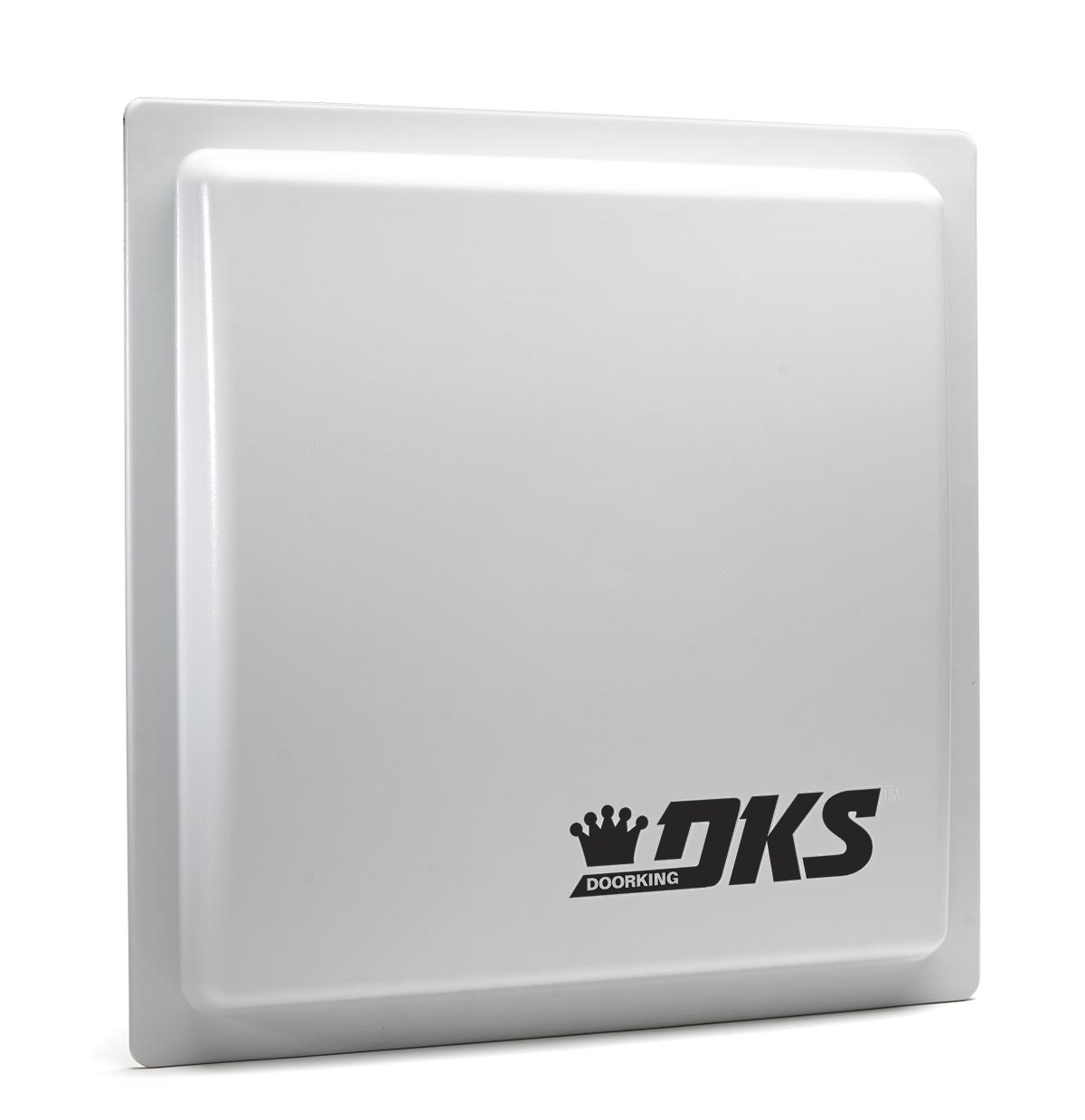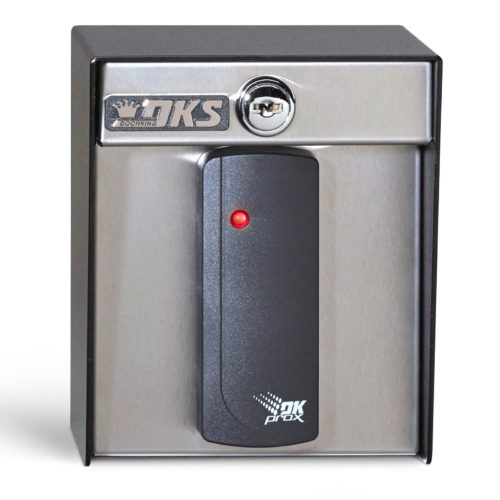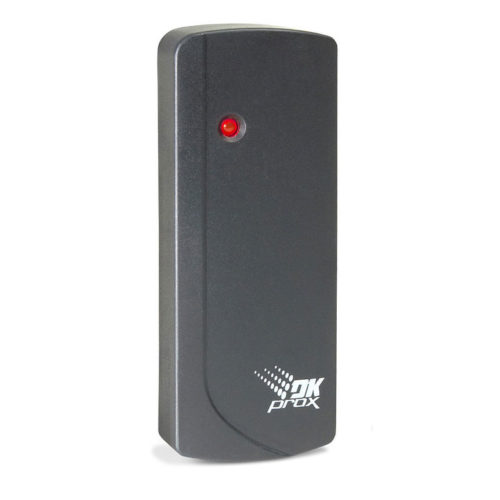DoorKing
1815-350
DK Prox, Card Reader, UHF, pole mount, 26-bit Wiegand, 25′ range, 902-928 MHz
Description
AVI (or Automated Vehicle ID) Long Range readers operate in the same manner as proximity card systems, but with longer ranges. A typical AVI system places a tag on the vehicle, rather than having the user carry it. In this manner, a gate system will open automatically as the vehicle approaches with a properly credentialed tag. This provides convenience and is ideal in applications where only authorized vehicles are allowed entry.
The readers are sealed in epoxy, making them vandal-resistant and are ideal for both indoor and outdoor applications. All readers feature a cosmetically appealing design that will blend with any architectural design and offer high durability and reliability.
Specifications
| Weight | 15.4 lbs |
|---|---|
| Dimensions | 19 × 19 × 5 in |
| Manufacturer | |
| Warranty | 5 year |
| Product URL | View Manufacturer Product Page |
| Standard Casepack | 1 |
| Customer Lead Time | 1W |
Features
Adjustable read range; 8 ft to 25 ft
Two different operating modes: timing and trigger
Uses frequency hopping technology in the UHF frequency band (902 – 928 MHz)
Adjustable timing intervals between consecutive readings of same tag
Uses passive tags – no batteries to worry about
Dual technology cards are available allowing a single card to be used with both AVI and standard DK Prox readers
Because physical contact is not required, proximity card readers can read card data through common building materials like: concrete, brick, stone, drywall, plaster, glass, wood, plastic…in fact, through anything but metal
Proximity card readers are maintenance free, there are no parts to wear out or adjust
Passive card technology provides an unlimited number of “card reads” with no battery to wear out
Passive cards, unless they are physically abused, will last virtually forever
Output their data in 26-bit wiegand format





